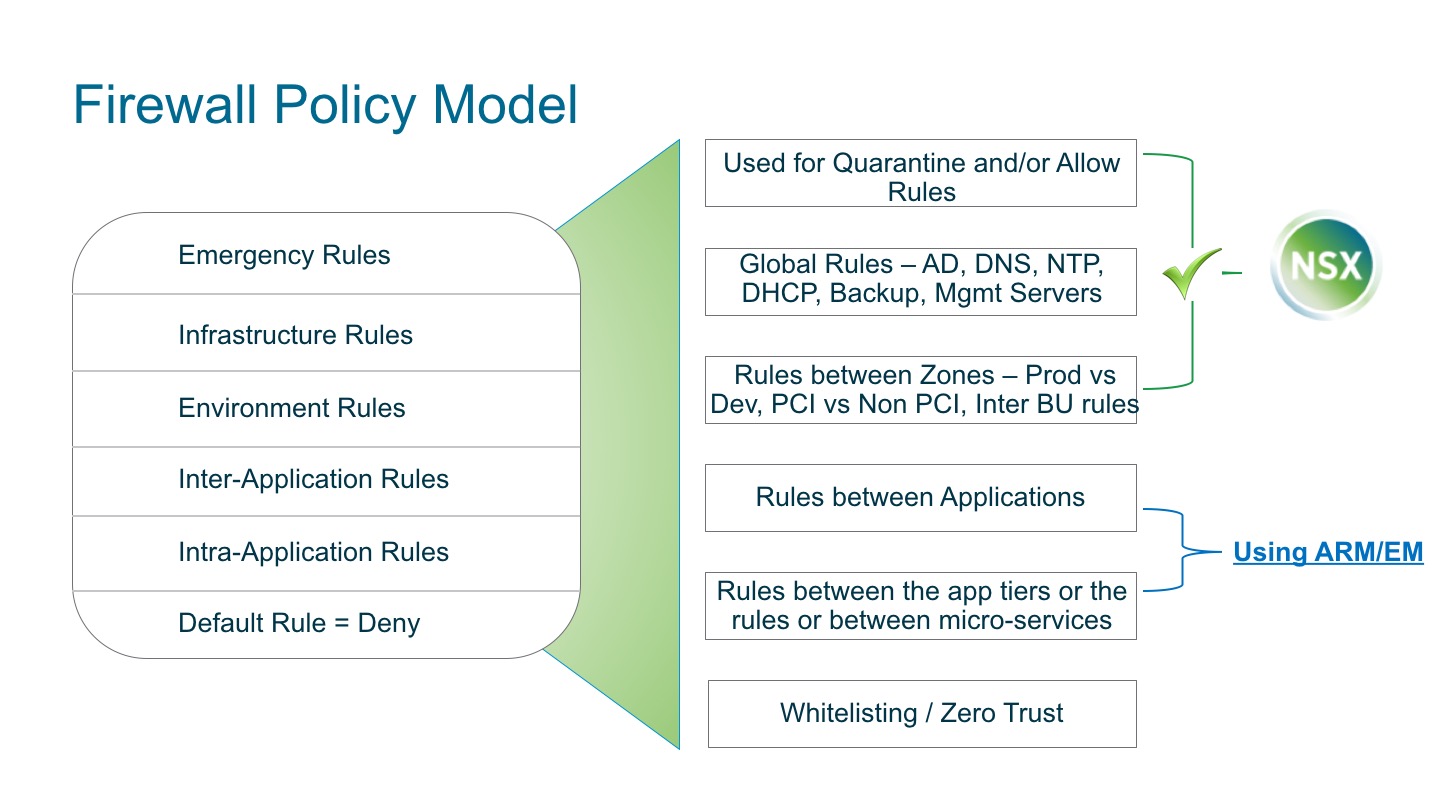Privacy rollback can cause headaches for corporate security pros
Corporate security pros can add a new task to their busy days: handling panicky employees worried about privacy who are using the onion router (Tor) browser as a way to protect their online activity.That practice translates into additional security alerts that require time-consuming manual sorting to determine whether the persons behind Tor sessions are friend or foe, says George Gerchow, vice president of security and compliance at Sumo Logic.Ever since congressional action started a few weeks ago to roll back privacy regulations governing ISPs, Gerchow says has seen a dramatic increase in the use of Tor for accessing his company’s services, meaning security analysts have to check out whether the encrypted, anonymized traffic coming through Tor is from a legitimate user.To read this article in full or to leave a comment, please click here
 me is Tabitha Hsia. I grew up in the East Bay. I come from an art-focused family with my sister being a professional cellist, my mother being a professional pianist, and my great grandfather being a famous Taiwanese painter.
me is Tabitha Hsia. I grew up in the East Bay. I come from an art-focused family with my sister being a professional cellist, my mother being a professional pianist, and my great grandfather being a famous Taiwanese painter.  There are questions that could derail the benefits of NFV/SDN that haven't been addressed.
There are questions that could derail the benefits of NFV/SDN that haven't been addressed. Gap is using Viptela's platform for its SD-WAN.
Gap is using Viptela's platform for its SD-WAN. CloudLens is available on AWS, and Azure is coming soon.
CloudLens is available on AWS, and Azure is coming soon. Figure 1: Zero-Trust Model using NSX
Figure 1: Zero-Trust Model using NSX Figure 2: Firewall Policy Model
Figure 2: Firewall Policy Model